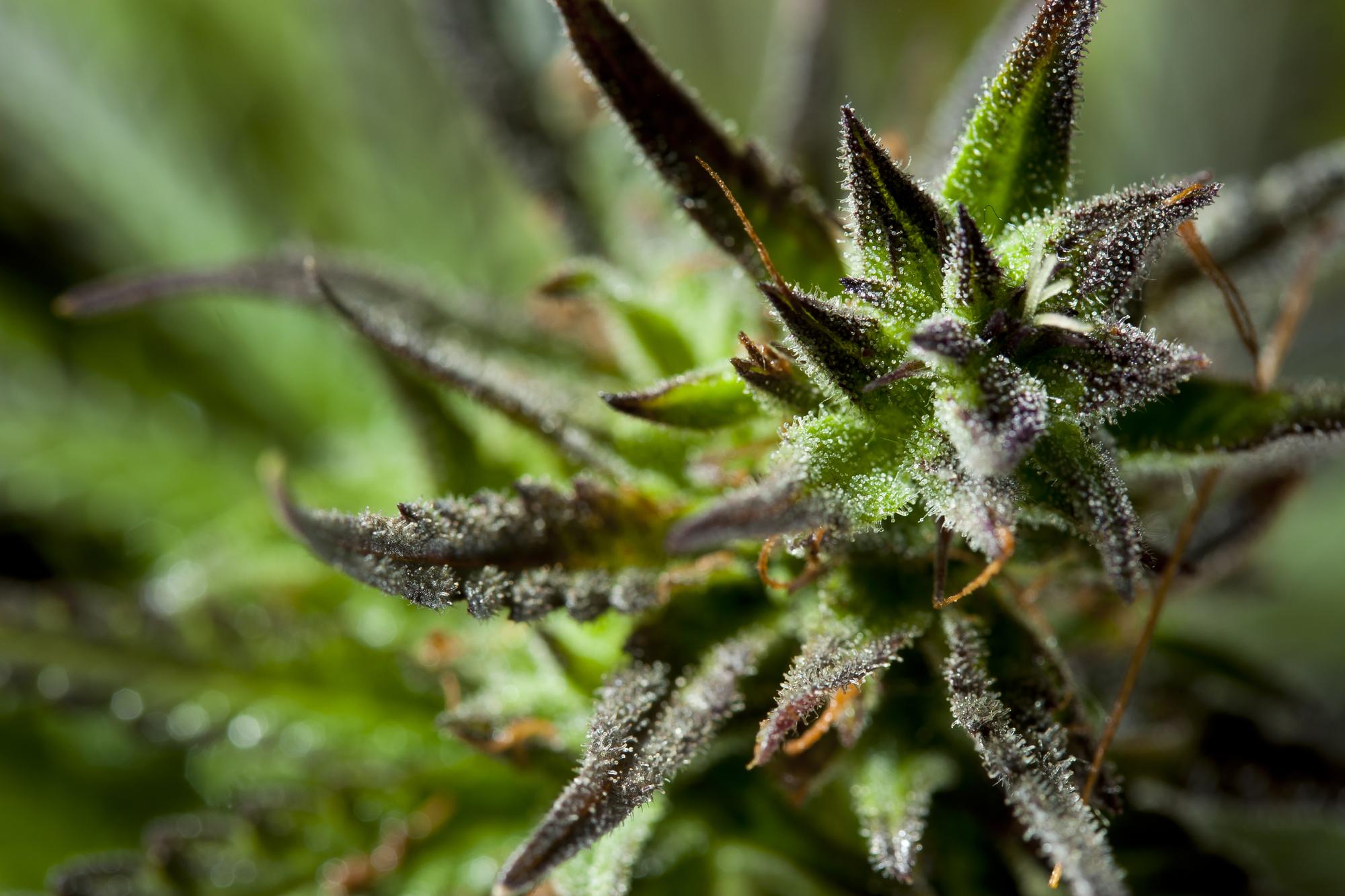Trichomes are the tiny, crystal-like structures found on the surface of cannabis flowers and leaves. While small in size, these glandular outgrowths play an outsized role in the potency, flavor, aroma, and therapeutic potential of cannabis. For connoisseurs and industry professionals alike, understanding trichomes is essential when evaluating strain quality and overall experience.
What Are Trichomes?
Trichomes (from the Greek word “trichōma,” meaning “hair”) are microscopic, mushroom-shaped glands that cover the cannabis plant—most densely on the flower buds. Under magnification, trichomes appear as translucent, glistening resin heads on stalks. These glands serve a dual biological function: protecting the plant and producing cannabinoids and terpenes.
Cannabis plants produce several types of trichomes, but three primary forms are especially relevant:
- Bulbous trichomes – The smallest type, found all over the plant.
- Capitate-sessile trichomes – Slightly larger, with a glandular head but no stalk.
- Capitate-stalked trichomes – The largest and most prominent, responsible for most cannabinoid and terpene production.
It’s the capitate-stalked trichomes that house the majority of THC (tetrahydrocannabinol), CBD (cannabidiol), and other vital cannabinoids that influence the plant’s psychoactive and medicinal effects.
Trichomes and Cannabis Potency
Trichomes are the chemical factories of the cannabis plant. Inside their resinous glands, they synthesize and store the active compounds that define a strain’s potency and effect profile. THC, the cannabinoid most responsible for the plant’s psychoactive properties, is produced almost exclusively within these structures.
As the plant matures, trichomes change in appearance—from clear to cloudy to amber. This transformation is not just aesthetic but highly functional. Clear trichomes suggest underdeveloped cannabinoids, while milky or cloudy trichomes signal peak potency. Amber trichomes, on the other hand, indicate that THC is beginning to degrade into CBN (cannabinol), a cannabinoid known for its sedative effects. Master growers harvest based on this trichome timeline to tailor the final effect—whether uplifting, balanced, or deeply relaxing.
In short, a plant’s trichome condition offers a precise visual cue about when to harvest for maximum potency and desired cannabinoid expression.
Consumer Experience and Product Quality
For the cannabis consumer, trichomes are often a direct indicator of quality. Dense, sparkly buds covered in intact trichomes suggest a well-grown, carefully handled product. Broken or degraded trichomes, by contrast, point to mishandling, poor curing, or age—often correlating with weaker effects and muted flavors.
Beyond cannabinoids, trichomes also produce terpenes—aromatic oils that give each strain its unique scent, flavor, and entourage effect. Whether it’s the citrusy sharpness of limonene or the earthy calm of myrcene, terpenes work synergistically with cannabinoids to shape the overall user experience.
Strains high in well-preserved trichomes are likely to offer richer flavor profiles, smoother effects, and a more robust entourage effect, enhancing both recreational and medicinal benefits.
Trichomes in Other Cannabis Products
Trichomes aren’t just important for flower—many cannabis concentrates are trichome-based. Products such as kief, hash, rosin, and live resin are derived directly from trichomes or their resin.
- Kief is a loose collection of trichomes sifted from dried cannabis.
- Hash compresses kief into a more concentrated form.
- Rosin uses heat and pressure to extract oils from trichome-rich buds or kief.
- Live resin is made from fresh-frozen plants, preserving terpene-rich trichomes at peak maturity.
These extracts are highly potent, sometimes reaching THC concentrations above 70%, and their efficacy directly reflects trichome quality and handling.
In Summary
Trichomes are more than just visual indicators of a frosty nug—they are the heart of the cannabis plant’s potency and sensory appeal. For growers, understanding trichome development is key to harvesting at peak effectiveness. For consumers, trichomes determine the intensity, flavor, and therapeutic value of each strain. And for manufacturers, they are the source material for many of the industry’s most powerful concentrates.
Proper cultivation, harvesting, and post-processing techniques ensure that trichomes remain intact and effective, delivering the high-quality experience today’s consumers expect.

